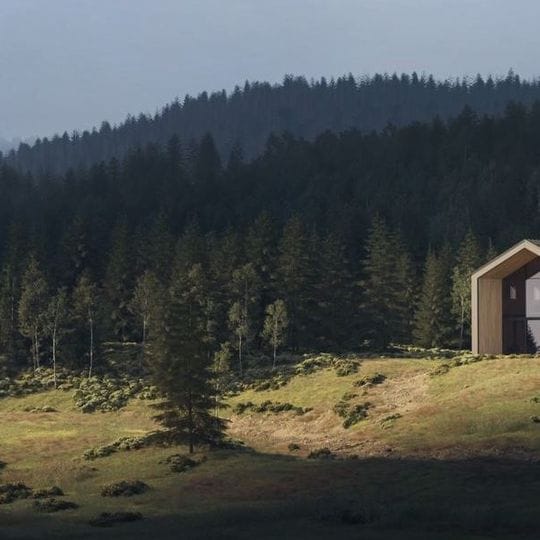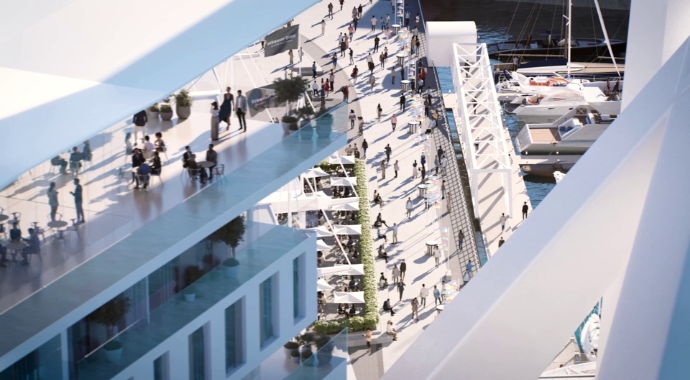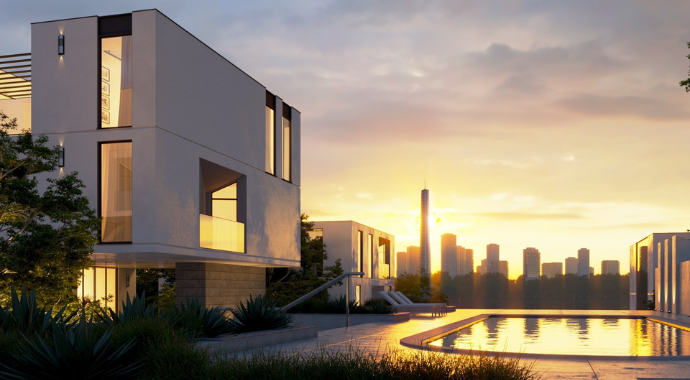We invited Brick Visual to load its most complex arch-viz scenes into Chaos Vantage's revolutionary real-time 3D ray-traced engine. Find out what happened.
Chaos Vantage is here. And our game-changing visualization tool is already in use by top studios around the world, allowing artists and clients to experience 3D ray-traced scenes — in real-time.
Below, Brick Visual’s CDO, Attila Cselovszki, discusses how adding Chaos Vantage to its arch-viz pipeline has revolutionized the way they work.
About Attila Cselovszki
Attila is a visualizer with an architectural background. After graduating as an award-winning architectural student he co-founded Brick Visual, which has become world-renowned for its atmospheric arch-viz imagery, animations and VR/AR experiences. Attila is responsible for product and pipeline development at Brick Visual, including its Pulze software family.
Discover more about Brick Visual in this interview, by watching this Total Chaos presentation or by listening to this CG Garage podcast.

Chaos Vantage is a brand new real-time member of the Chaos ray-tracing family — and at Brick Visual, we’ve been testing it from the very first beta phase.
Reducing render times is the holy grail of the visualization industry. Waiting for the machine is an issue that can disrupt the creative process and affect the workflow between parties. Sure, it's fun to have a break and play some table soccer in the office — but it's less than ideal. We're used to trading off between speed and quality.
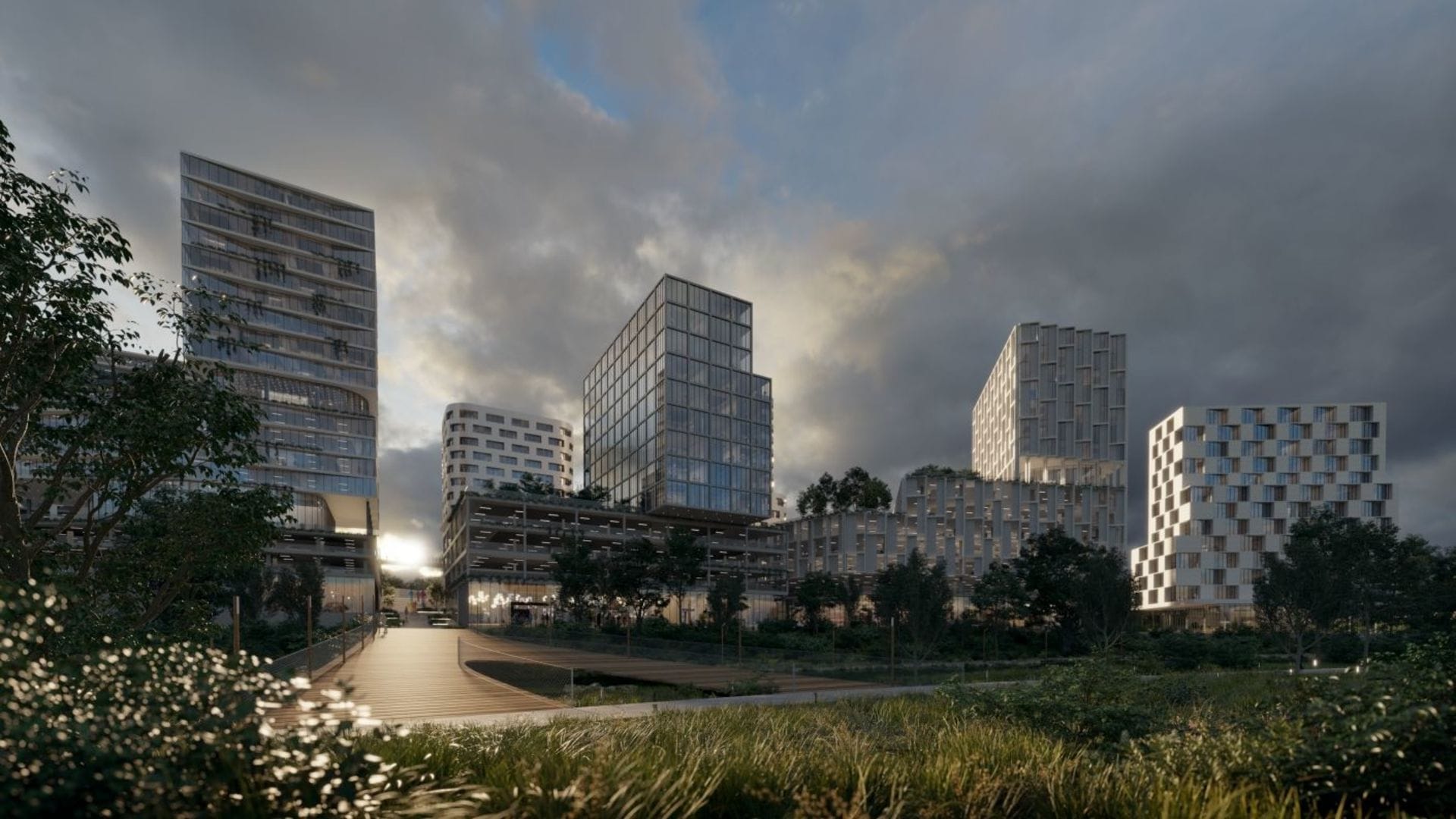
About 10 years ago, GPU acceleration started to evolve — and now V-Ray GPU is a full-featured production renderer with few restrictions and excellent render time. But even with fast GPU rendering, there's still a need for an even faster previz tool . . .
Until now.
In the middle of the 2010s, it became clear that the arch-viz industry would have to speed up render times because of the hype surrounding VR and game engines. There were two approaches:
- A tool that eases out the transition between 3ds Max and a game engine. However, using a game engine is still in an experimental phase in arch-viz because of the expensive turnaround time.
- The belief that Moore’s law will create an era when we can rely on a standard arch-viz pipeline and render in near real-time — but we don’t want to wait 20 years for that law to deliver what we need today.
When Chaos Vantage was announced, it looked like a game-changer that could free 3D artists and let them look around their worlds without restrictions. So we didn’t hesitate to join the beta program and find out what it could do.
Chaos Vantage technically fits into our pipeline almost perfectly. It runs every scene smoothly, so we could just drop in the unprepared files and explore them in an intuitive way.
Attila Cselovszki, CDO, Brick Visual
Testing Chaos Vantage
Upon signing up for the beta, our first test was to see how Chaos Vantage could handle interactive look-dev and find out what quality levels we could get without preliminary optimization and preparation in 3ds Max.
The success of integration always depends on the level of complexity. A new tool has to be super easy to use with a fast learning curve — otherwise artist frustration will negate any added value.
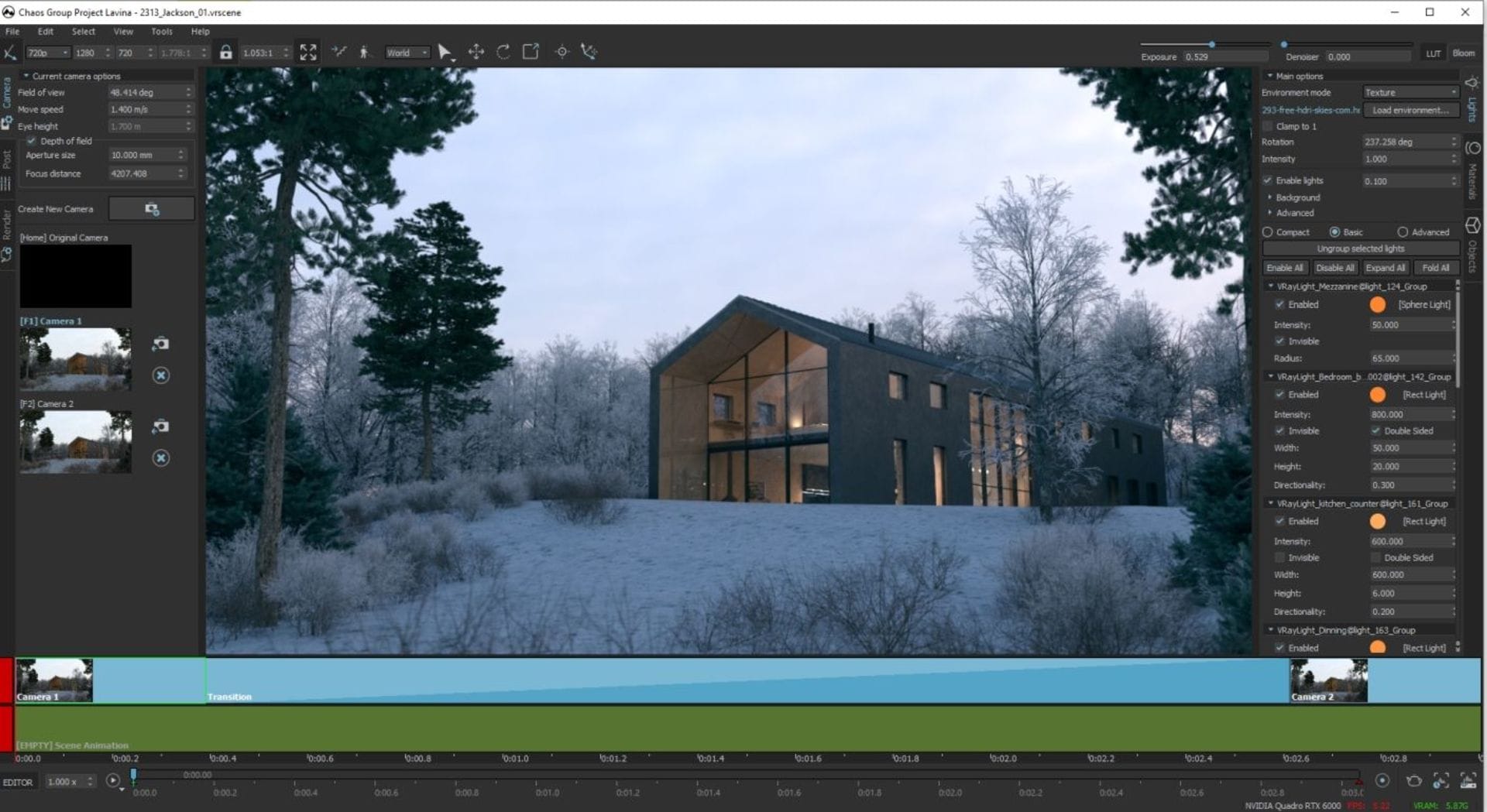
Our goal was to simulate the typical behavior of an artist in their day-to-day work. We wanted to efficiently create acceptable outcomes in the shortest possible time without delving into Chaos Vantage’s settings too much. So we kept it simple:
- We exported the VR scene file without any optimization or preparation in 3ds Max.
- Then, we used the original post-processed final image of the project as a reference for light/tone setup in Chaos Vantage.
- Finally, we rendered out the sequence in 4K, at 100 – 1000 samples depending on the noise level, keeping the render time under 5 minutes per frame.
The first and most important finding was that Chaos Vantage technically fits into the pipeline almost perfectly. It runs every scene smoothly, so we could just drop in the unprepared files and explore them in an intuitive way.
Chaos Vantage fulfills its promise. It is capable of handling billions of triangles and the denoising makes the whole experience so natural that the user immediately starts to wander and look around. And what else should we do as “virtual architectural photographers?” We used Pulze, our in-house scene management tool, to transfer cameras, lights, and setups bidirectionally.
Ideas for integrating Chaos Vantage into your workflow
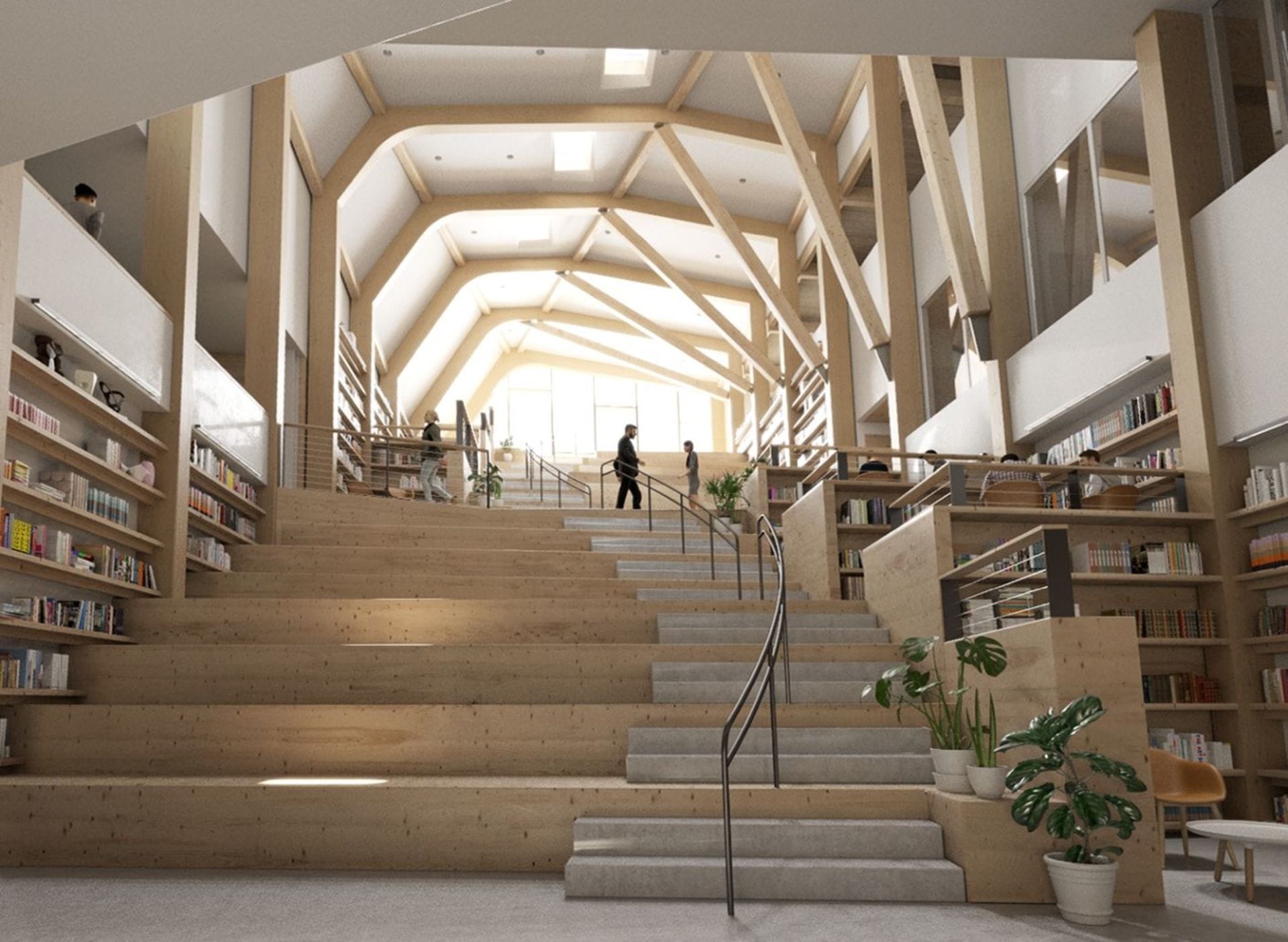
1. As a look-dev tool for image production
At Brick Visual, the look-dev phase is a crucial part of any project. At this point, artists wander around in the scene and take pictures to find the best composition and tell the most engaging story. We can imagine a workflow where the artist takes the prepared base file, jumps into Chaos Vantage and creates all the scenes in terms of camera, aspect ratio, light setup and compositional elements. After client or supervisor revision, they can continue the work in 3ds Max and re-import all the elements and setups that define the scene.
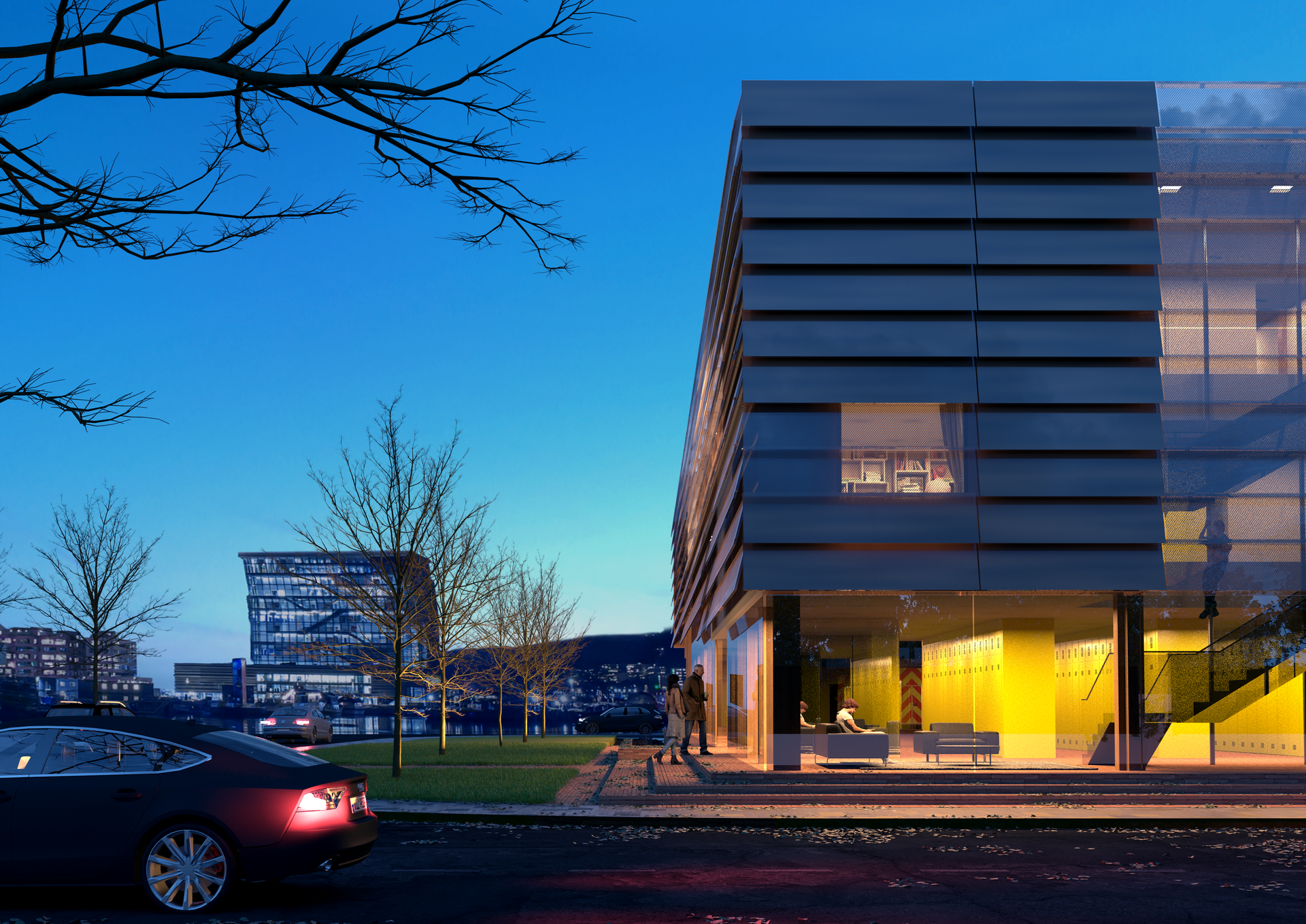
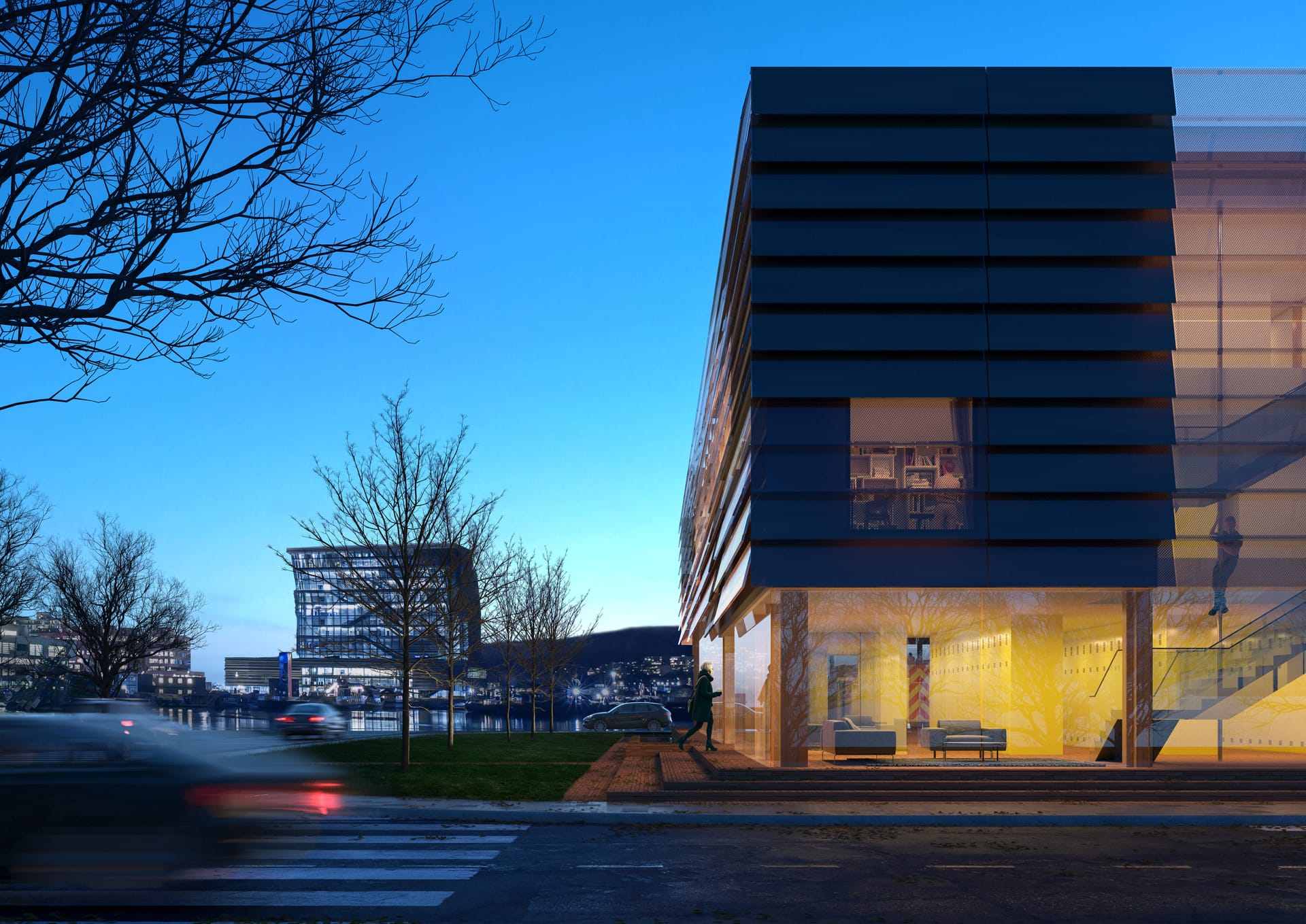
2. As a VR lookdev tool
As an extension of the previous option, Chaos Vantage could be used by the artist to perform look-dev in a VR space. This way they would have a deeper understanding of spatial relationships and could find more interesting points of view. As a first step, it would be enough to have a static 360 experience, without movement in 6-degrees-of-freedom, to discover scenes in a brand new way.
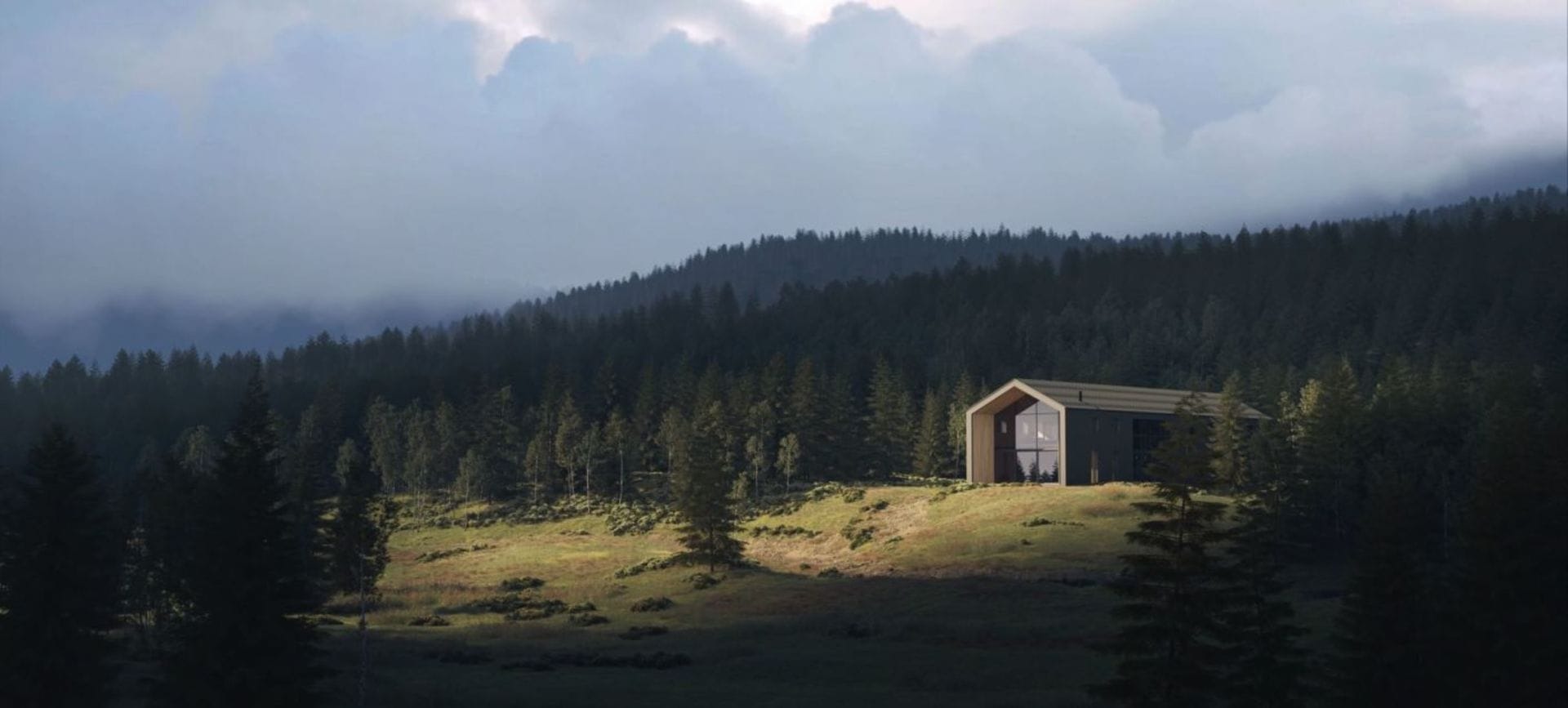
3. As a previz renderer for movie projects
In movie projects, we have a lot of previz iterations including viewport previews and low-quality render sequences. To be able to create a high-quality preview — within a fast turnaround time and experiment with different shots — is a game-changer.
We envisage a workflow in which the artist is able to import the predefined camera path from 3ds Max and render the sequence at lunchtime. With Live Link there is a direct connection to 3ds Max, so key edits are updated live in Chaos Vantage. In this case, it is also important to be able to send render jobs to the local farm.
We found that Chaos Vantage’s quality is so good that it can be used for the final product in some cases.
Attila Cselovszki, CDO, Brick Visual
4. As a final product renderer for medium-quality movie projects
During the testing phase, we found that Chaos Vantage’s quality is so good that it can be used for the final product in some cases. By default, Chaos Vantage is not a final renderer, but based on the experience so far we might further investigate this option.
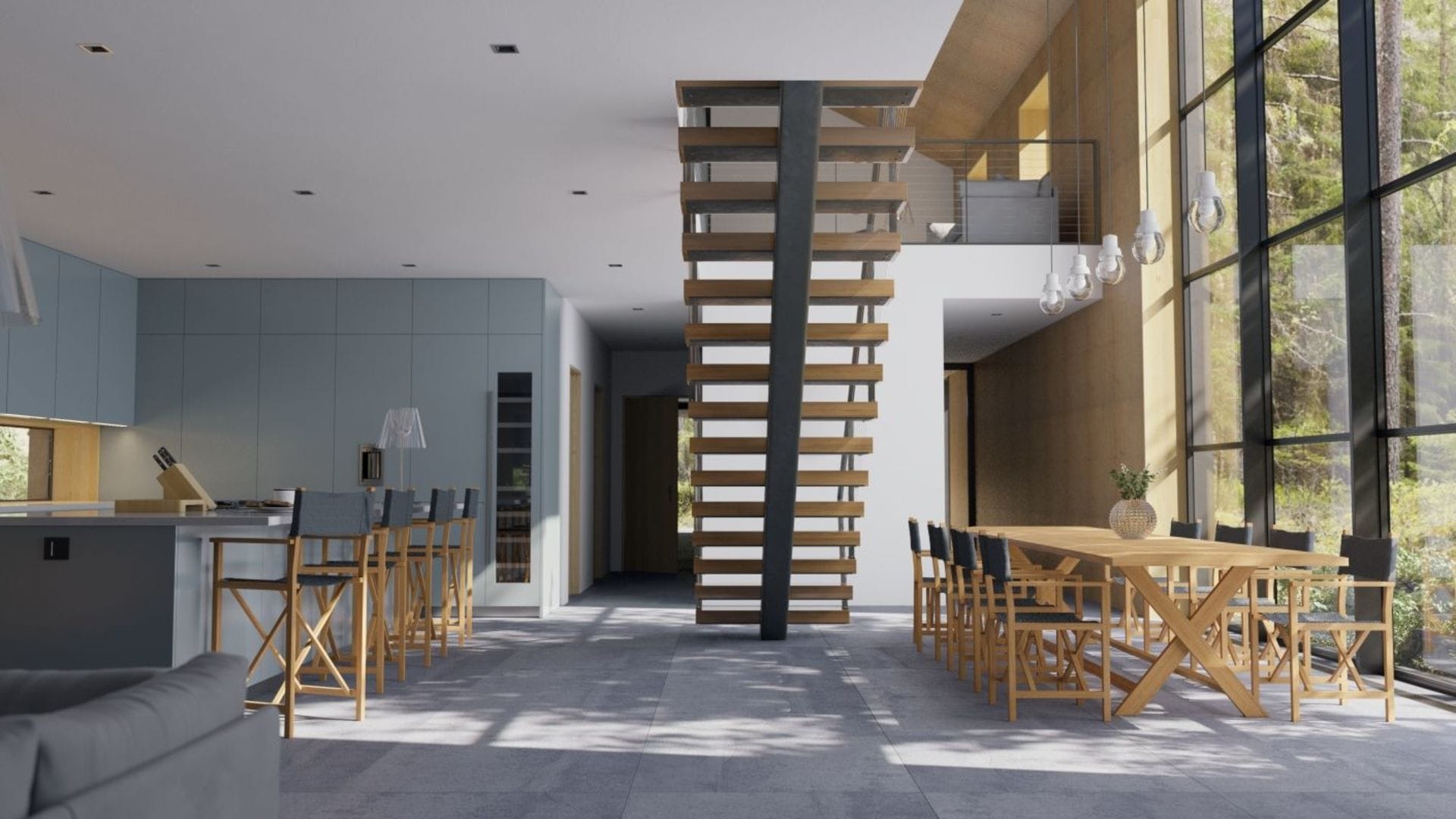
Does Chaos Vantage fit into an arch-viz pipeline?
With all the above features — allowing us to work with Chaos Vantage and 3ds Max together — then definitely: Yes. It handles complex and huge scenes like a breeze and it is really promising.
We know that our industry is always passionate about useful innovation and, after testing it, we would encourage others to try it out. They have the potential to take a leap forward in the pursuit of the Holy Grail of arch-viz.
We’d like to say thank you to Chaos Group and NVIDIA for their offer to test Chaos Vantage.
This article was updated in December, 2021, to include new features in Chaos Vantage.




